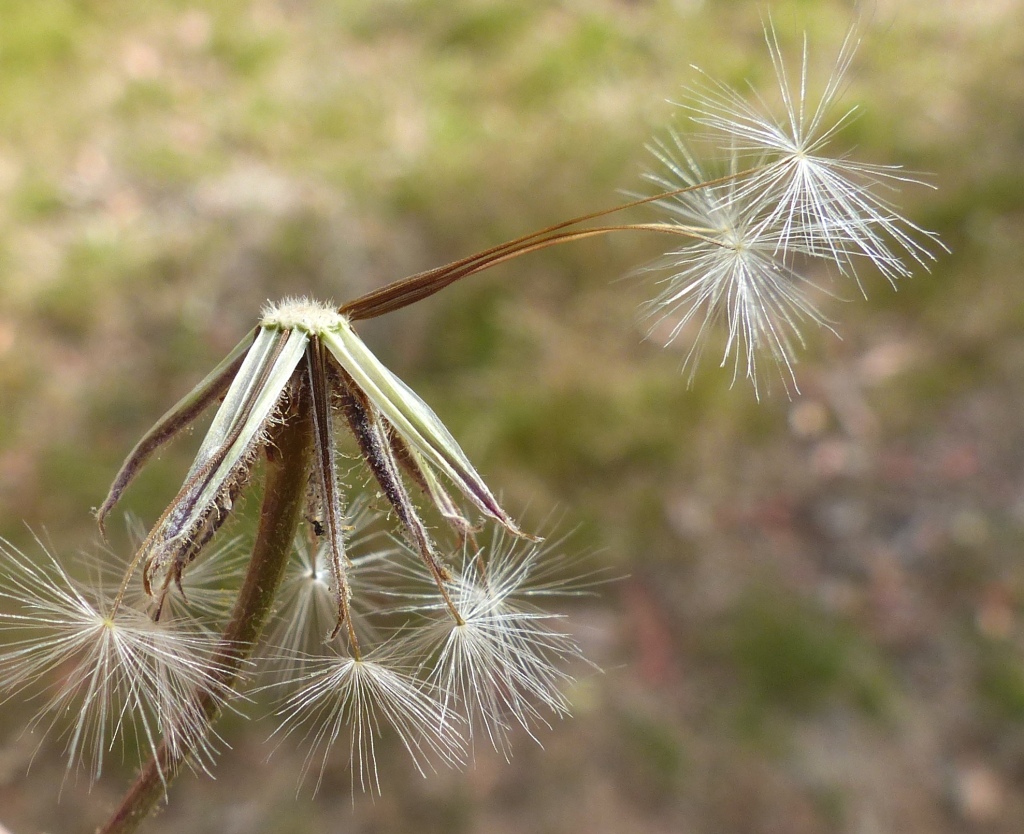Crepis
Annual, biennial or perennial taprooted herbs, with glandular or eglandular hairs, or glabrous; stem usually branched, rarely simple or absent (in C. pusilla). Leaves basal and cauline (except C. pusilla), alternate, entire to bipinnatifid. Capitula pedunculate, terminal and axillary, usually in loose terminal corymbs or panicles (but sessile in C. pusilla); involucral bracts narrowly ovate to linear, herbaceous, usually with glandular and eglandular hairs, few-many-seriate, outer bracts distinctly shorter than inner; receptacle pitted, glabrous or ciliate, rarely with scales. Florets ligulate, bisexual, yellow, sometimes streaked reddish beneath, rarely white; ligule c. linear, 5-toothed; anthers sagittate to tailed at base, with obtuse to rounded appendages at apex; style bilobed, with filiform, densely papillose branches. Cypselas c. fusiform, 10-ribbed, all or none beaked, or only the outer ones beaked; pappus 1–several-seriate, simple, barbellate, free or united at base.
About 200 species, from the Northern Hemisphere, tropics and South Africa; 5 species naturalized in Australia.
Walsh, N.G. (1999). Crepis. In: Walsh, N.G.; Entwisle, T.J., Flora of Victoria Vol. 4, Cornaceae to Asteraceae, pp. 685–688. Inkata Press, Melbourne.
 Spinning
Spinning



